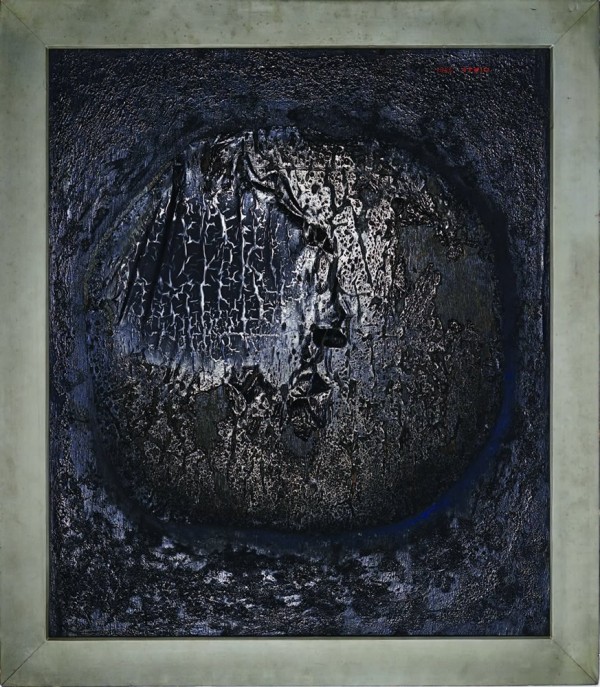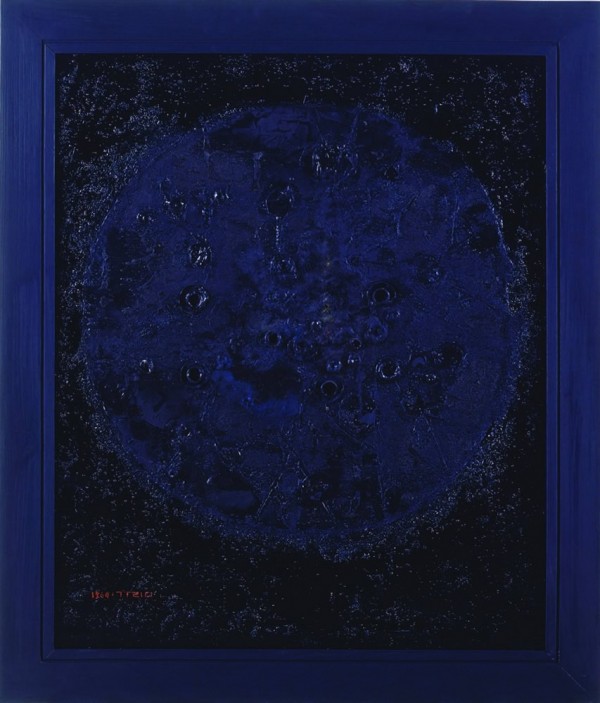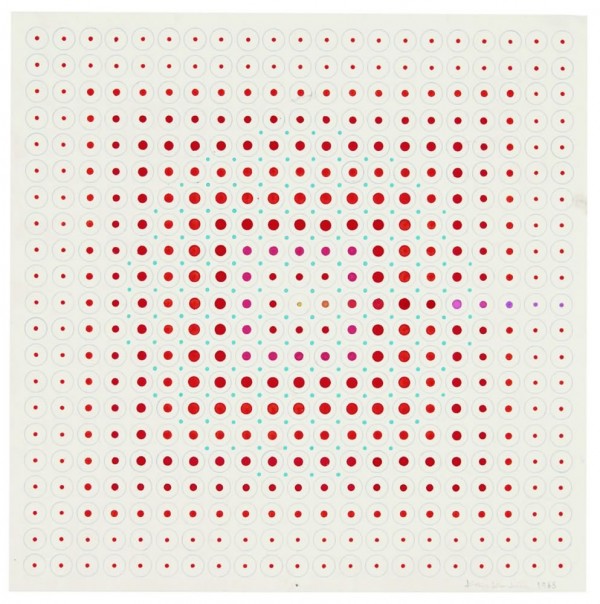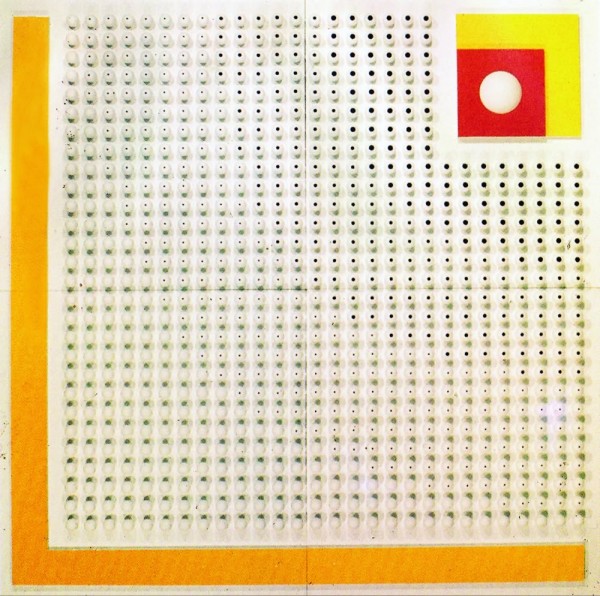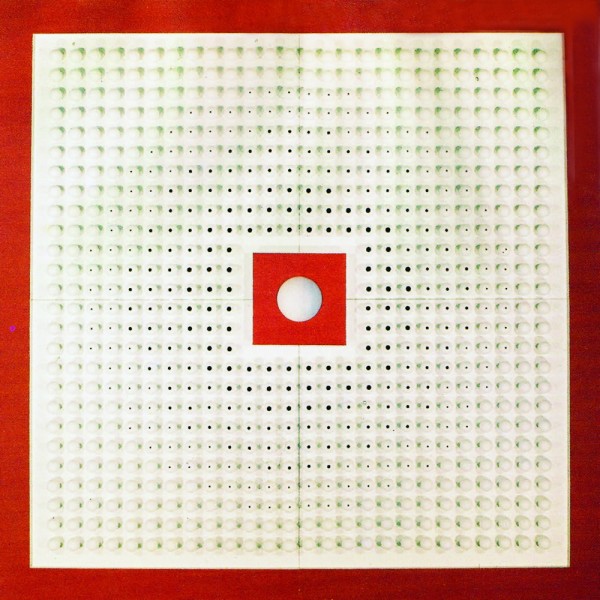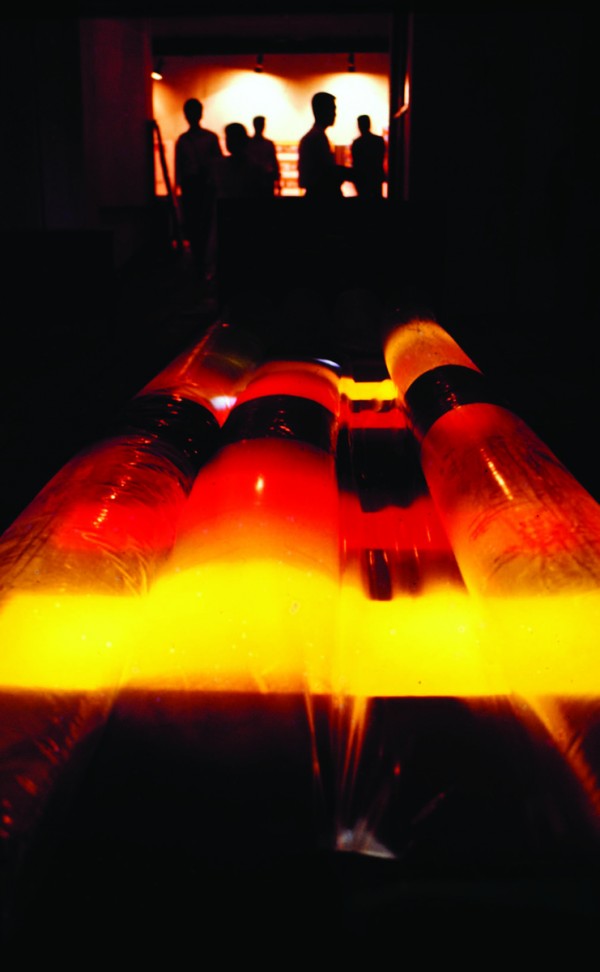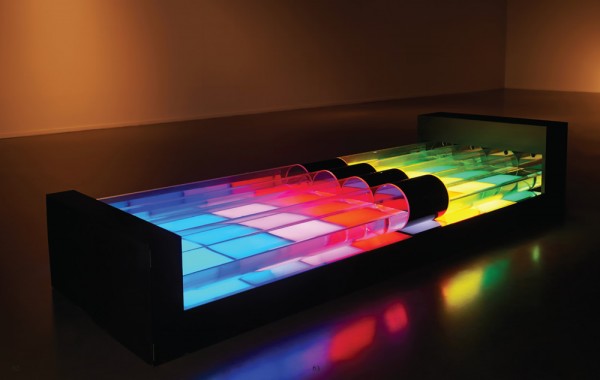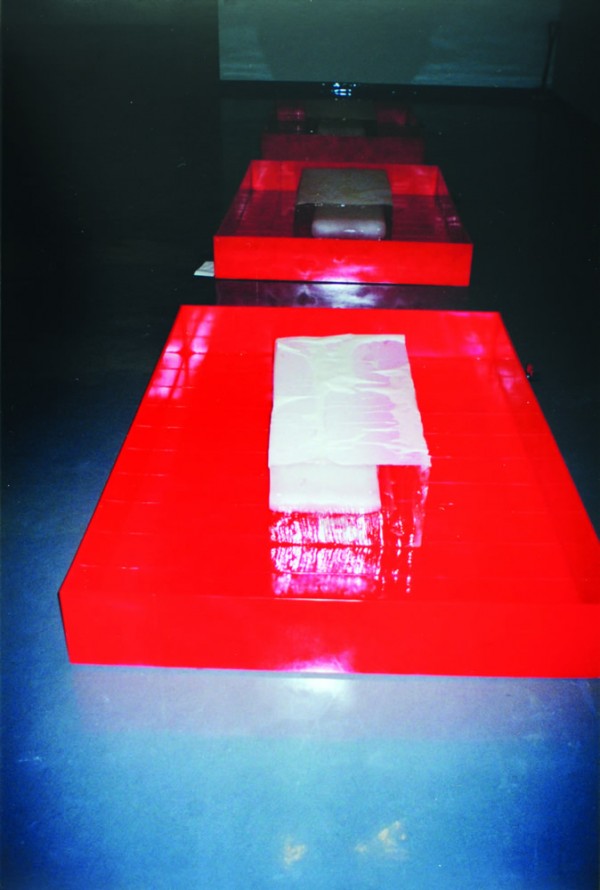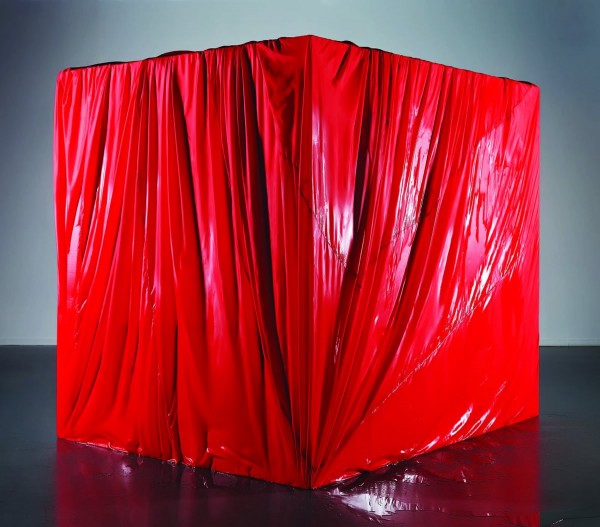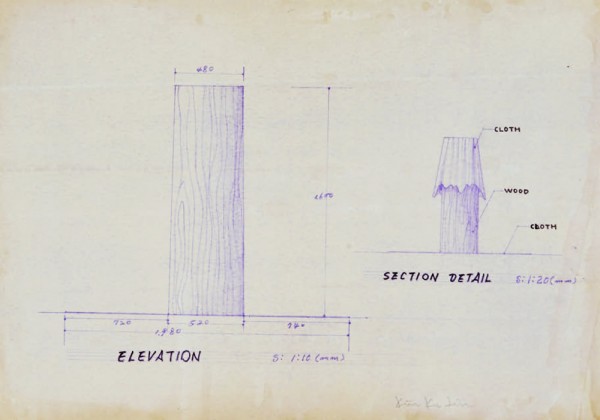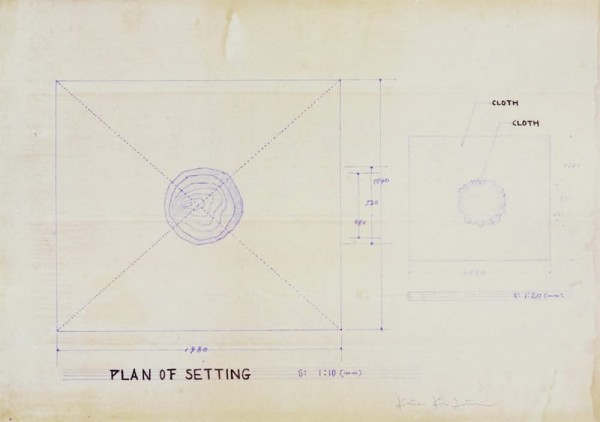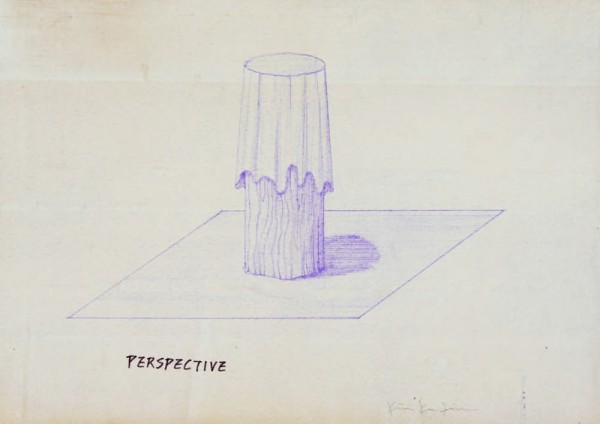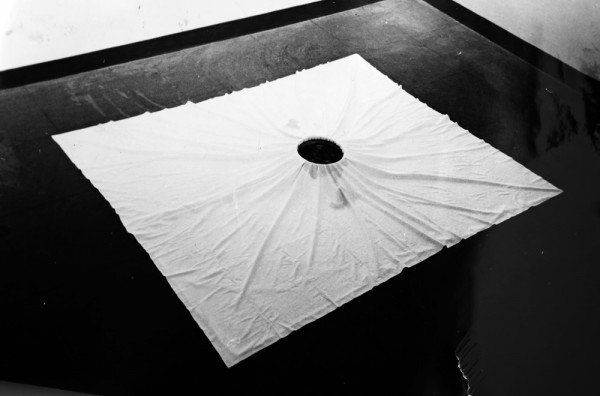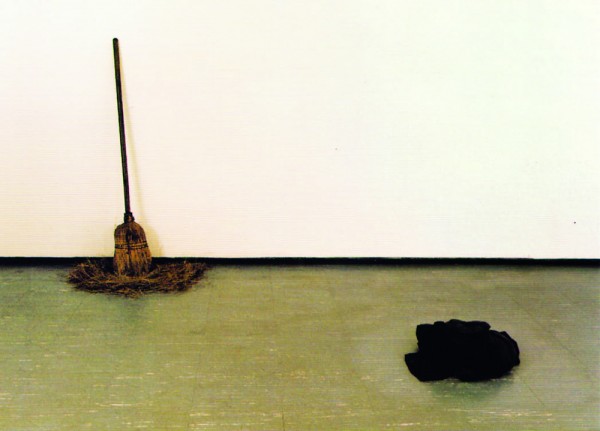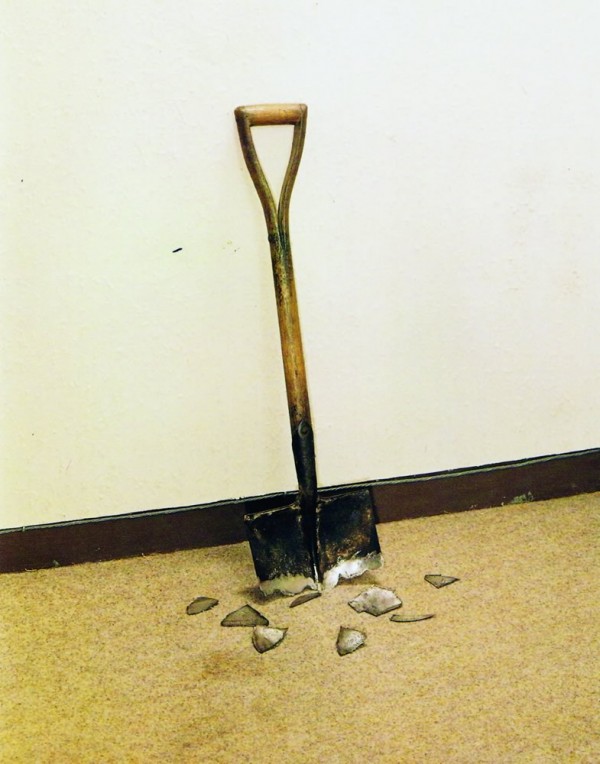Breaking Away From The Fetters Of Tradition
페이지 정보
작성자ART 댓글 0건 조회 954회 작성일 19-02-28 14:49본문
Kim Ku-lim’s works that were submitted for his first solo exhibition in 1958 were showing a tendency toward lyrical abstract painting. His atttempts at breaking away from traditional methods and experimenting with painting styles began to surface on his works that were produced beginning 1960; stirring paint in round figures with his fingers instead of brush, oil painting on a canvas that has attachments such as objects or newspapers on it, ‘performance’ of using a blanket to put out fire which was set on a wooden panel with vinyl cut and pasted and oil painted on top of it. Theses are Kim’s representative works that enable us to catch a glimpse at this experimental intentions of breaking away from painterly technique and consciously go against the trend of time.
Space Construction A, B, which was presented at Painting 68 Exhibition is recorded as the first work of electric art in Korea. Plastic objects, which resembled cartridge cases and covered the surface of the piece, were sewing machine components easily found at the textile factory where he worked as an employee. Geometric lights that leaked from the holes of Space Construction A, B — 500~700 plastic objects were attached onto a 1.8m x 1.8m rectangualr panel, with different sized holes drilled to arrange colors and a fluorescent light installed at the back panel — reminded optical art. However, regretfully, this piece was lost during 11 Korean Modern Artists Exhibition that was held at Manila, Philippines, after Painting 68 Exhibition.
As is well know by From Phenomenon to Traces series, Kim Ku-lim intended to express ‘time’, an abstract concept, in physical and material ways; but his happening-like events often provoked negative reactions in museums or hosting organization, as shown by their ‘denial of submission’. From Phenomenon to Traces, a work of process art in which a red cloth that’s covering a giant chunk of ice collapses as the ice melts, was invited to The Grand Art Exhibition of Korea, held in 1970 at Gyeongbokgung Museum, but the hosting organization, fearing that other works in the exhibit room might be damaged by the water from melted ice, denied Kim’s submission. Furthermore, From Phenomenon to Traces D (1970)—wrapping the whole museum with white cotton cloth and burying both ends of the cloth in front of the museum’s entrance, with ‘The Sum of 9 Million Won’ written on it—had to suffer humiliation of being pulled down by the hosting organization just 26 hours after its installation.
1958년 대구공보관에서 열린 첫 개인전에 출품된 김구림의 작품은 서정적인 추상회화의 경향을 보였다. 그가 전통적인 방식에서 벗어나 2차원의 평면 안에서 실험적인 회화기법을 시도한 것은 1960년도의 작품들에서부터 면면이 드러나는데, 붓 대신 손가락을 사용하여 물감을 둥글게 휘저어 완성한 작품이나 캔버스에 오브제, 신문 등을 붙이고 그 위에 유화를 칠해 그린 작품, 나무패널에 비닐을 오려 붙이고 유화를 덧칠한 다음 불을 붙이고 어느 시점이 지나면 담요 등으로 불을 끄는 ‘행위’로 완성된 작품 등은 회화적인 기교를 탈피하고 의식적으로 시대의 흐름을 거스르고자 했던 김구림의 실험적 의도를 엿볼 수 있는 대표적인 작품이다.
한편, 김구림이 ‹회화68전›에서 선보인 ‹공간구조 A, B›는 우리나라 최초의 일렉트릭아트 작품으로 기록되어 있는데, 작품표면을 덮고 있는 탄피모양의 플라스틱 오브제는 그가 일하던 방직공장에서 쉽게 찾아 볼 수 있는 미싱의 부속품이었다. 가로, 세로 각각 1.8m의 사각판에 500~700개의 플라스틱 오브제를 붙이고 서로 다른 크기로 구멍을 뚫어 색을 배열한 다음 뒷판에 형광등을 달아 구멍 사이로 새나오는 기하학적 모양의 빛이 옵아트를 환기시키는 이 작품은 아쉽게도 ‹회화68전› 이후 필리핀 마닐라에서 열린 ‹한국현대작가11인전›에서 분실되었다.
또한, ‹현상에서 흔적으로›라는 제목의 연작시리즈를 통해서 잘 알려져 있듯이 김구림은 ‘시간’이란 추상적인 개념을 물리적, 물질적으로 표현해 내고자 했다. 그러나 해프닝적인 이벤트 작품들은 곧잘 전시장이나 주최측으로부터 ‘출품거부’의 불쾌한 반응을 일으키기도 했다. 거대한 얼음 덩어리를 빨간 보자기에 싸놓고 얼음이 녹아 내리는 프로세스를 작품으로 승화시킨 ‹현상에서 흔적으로›는 1970년 경복궁미술관에서 열린 ‹한국미술대상전›에 초대되었으나 주최측이 전시실 안에 전시된 다른 작품들이 얼음 녹은 물에 상할 것을 우려하여 출품을 거부하였다. 미술관 전체를 광목천으로 감고 현관 앞에 내린 천을 땅에 묻은 뒤 ‘일금구백만원정’이라고 써 붙인 작품 ‹현상에서 흔적으로 D›(1970) 역시 같은 전시에 설치된 지 26시간 만에 주최측에 의해 강제 철거당하는 수모를 겪었다.
Nucleus 1964, mix media on wood panel, 910 × 580 mm
Death of Sun 1 1964, oil on wood panel, 1070 × 910 mm
Death of Sun 2 1964, oil on wood panel, 910 × 753 mm
Space Construction A Drawing 1968, drawing on paper 320 × 320 mm
Space Construction B Drawing 1968, drawing on paper 320 × 320 mm
Space Construction A 1968, plastic and vinyl on wood panel, 1800 × 1800 mm
Space Construction B 1968, plastic and vinyl on wood panel, 1800 × 1800 mm
Space Construction 69 1969, air, water, oil, vinyl and electricity, 4420 × 1460 × 850 mm
Space Construction 69 1969 (Refabricated 2013), air, water, oil, vinyl and electricity, 4420 × 1460 × 850 mm
From Phenomenon to Traces 1969, plastic box, ice, transparent paper, 4800 × 1100 × 800 mm
From Phenomenon to Traces Drawing 1970, drawing on paper 330 × 330 mm
From Phenomenon to Traces 1969 (Refabricated 2013), ice and red cloth
From Phenomenon to Traces 1969 (Refabricated 2013), ice and red cloth
Circumstances 1971, installation, cotton cloth, 3000 × 2000 × 1600 mm
Circumstances Drawing 1971, drawing on paper, 420 × 300 mm
Circumstances Drawing 1971, drawing on paper, 420 × 300 mm
Circumstances Drawing 1971, drawing on paper, 420 × 300 mm
A Meditation Clause 1 1971, cotton cloth, water and stone, 5000 × 7000 × 300 mm
Broomstick Dustcloth 1973, installation, variable size
Shovel 1974, installation, 890 × 260 mm
Lamp 1975, table cloth, wood table, eletric lamp and wire, 1140 × 840 × 760 mm


